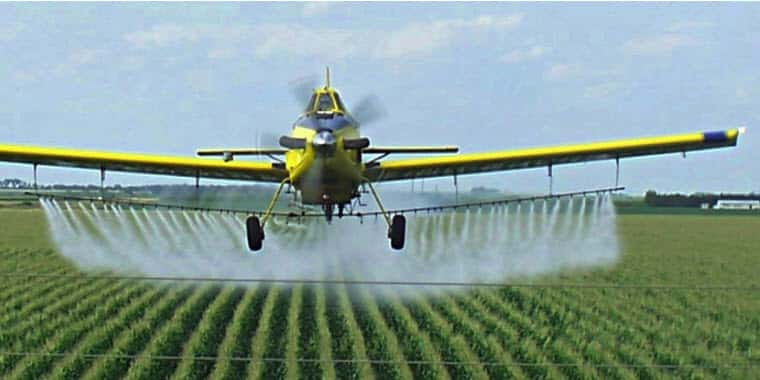U.S. Environmental Protection Agency (EPA) released its final Insecticide Strategy that identifies practical protections for federally endangered and threatened species from the use of insecticides, while providing flexibility for pesticide users and growers. The Strategy identifies mitigations aimed at protecting more than 900 species listed by the U.S. Fish and Wildlife Service (FWS) that EPA considers when it registers a new insecticide or reevaluates an existing one.
“Today’s action is another example of how protecting our environment and safeguarding our economy can go hand in hand,” said EPA Administrator Lee Zeldin. “We have found commonsense ways to keep endangered species safe that won’t place unneeded burden on the growers who rely on these tools for their livelihood, and which are necessary to ensure a safe and plentiful food supply. We are committed to ensuring the agriculture community has the tools they need to protect our country, especially our food supply, from pests and diseases.”
“American agriculture demonstrates that production and stewardship go hand in hand,” said U.S. Secretary of Agriculture Brooke Rollins. “Thank you to Administrator Zeldin for working towards unleashing regulatory burdens for American farmers & ranchers with the release of this final insecticide strategy today. This strategy provides much needed improvements that will undoubtedly better protect U.S homegrown crops from pests and diseases. We look forward to continued partnership with EPA to ensure our growers continue to have the crop protection tools and flexibility needed to feed, fuel, and clothe our nation and the world.”
Earlier this year, Administrator Zeldin announced his Powering the Great American Comeback Initiative to advance the agency’s core mission of protecting human health and the environment while energizing the American economy. Specifically, this Strategy advances Pillar Three: “permitting reform, cooperative federalism and cross-agency partnership.” The final Strategy is the culmination of continued communication between EPA, its federal partners including the U.S. Department of Agriculture (USDA) and FWS, and other stakeholders.
EPA will continue to work with stakeholders to modify and update these documents as additional information becomes available. In addition, EPA anticipates continued engagement with stakeholders, including our federal and state partners, to ensure effective implementation of the Strategy.
###
EPA


